- Being unaware of countersteering
Countersteering is not one way to make a bike lean into corners; it is THE ONLY way to make a bike lean into corners. And yet, even seasoned riders somehow manage to get it all wrong. Many have been riding for decades without having been aware of it ever. But, much like the simple tip given above, understanding countersteering and consciously practicing it a few times will vastly improve your riding style and make you a better and safer rider.
It works like this: “Push right to turn right, push left to turn left.” So, to elaborate, push down the left handlebars to turn to the left, and the right ‘bars to turn right. It’s that simple. If this is the first time you’re reading about countersteering, this might very well seem like the opposite of everything you have learnt so far. But countersteering really does work. Push the inside bars harder to make the bike lean more and turn quicker, and pull up the outside ‘bars to pick up the bike and exit the turn.
Try countersteering the next time you are on your bike. It will make a world of difference. Mastering countersteering is what separates the fast and safe riders from the slow ones.
- Uneven braking
Braking is an aspect of riding that we rarely give any thought to, until it’s too late. In India we have this widespread misconception that the rear brake is the all-powerful savior of the masses and the front brake is its antithesis, the horned devil that’s lurking, waiting to drag us down to the tarmac should we dare to touch it. It is actually not so. Cars and bikes are equipped with powerful brakes at the front and comparatively less powerful ones at the rear for the simple reason that most of the braking is done at the front wheel(s). They’re much more effective in bringing the bike to a halt, and the rear brake is there just to help stabilize the bike while the front does the actual job of retardation.
So, on the road – and considering our torrential monsoons and less than perfect road surfaces – we recommend at least a 70/30 brake force distribution between the front and rear. As your skill levels increase and you grow more confident, you can take it up to 80/20, which is what most pro racers use on the track.
And another thing, never ride the brakes. It is a tendency that our innate sense of caution makes us do, especially in stop-go traffic. But keeping your fingers or toes on the brake levers to hard in preparation for sudden braking will only wear out the pads or rotors sooner.
Just like the throttle, be smooth with the brakes and you should be able to make do without the safety net of ABS in most cases.
- Changing gears mid-corner
This is a bit more advanced. Taking a corner fast, you will often feel the need to shift gears to stay in the powerband and exit the corner at the fastest speed possible. This is however, another big no no.
Changing gears mid-corner upsets the balance of the bike, a dangerous position to be in when all that is separating you from the tarmac is two small slivers of rubber the size of a one-rupee note. The bike is at its twitchiest when leaned over, and any change in the power delivery at that moment will unsettle its composure.
When you cut power by rolling off the throttle to change gears, the bike stands up. You either run wide or, worst case scenario, crash. Even if you’re in control of the handling, changing gears also changes the distribution of traction on both wheels, which is not something you’d want while riding fast.
Find the right gear for each corner, shift into it, and stick to it throughout the corner. If it is a turn you’re unfamiliar with, choose a gear that will give you plenty of drive at the exit, and stay in it until you have crossed the apex of the turn.
- Impatience
This is not so much a tip as it is a general guideline for riding. Every bike you ride is different, sometimes even bikes of the same make and model. Over years, motorcycles develop their own characters and quirks, and they rarely remain the same as the time they exited the showroom doors.
It takes time to learn the quirks of every motorcycle, and develop your riding habits around them. Resist the impulse to just hop on a motorcycle and gun the throttle, because that will invariably end up in misery. Learn at how much pressure the front and rear brake applies, and at what point the clutch engages. Study the age and wear of the tyres and see how hard you can push it safely.
So there you have it. Make sure that you follow these easy-to-remember tips and you will be a faster and safer rider in no time. By the time you have mastered these tips, we will be back with our advanced riding tutorial. Stay tuned.

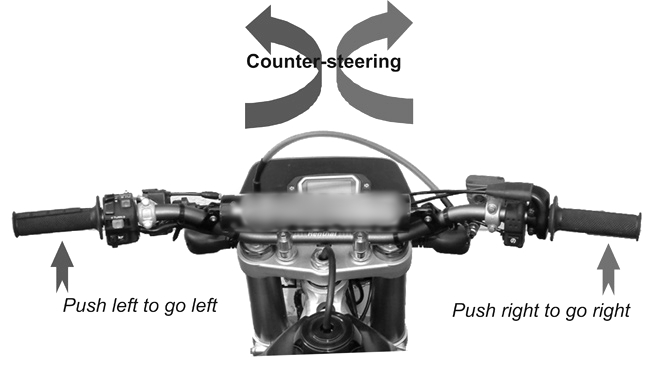
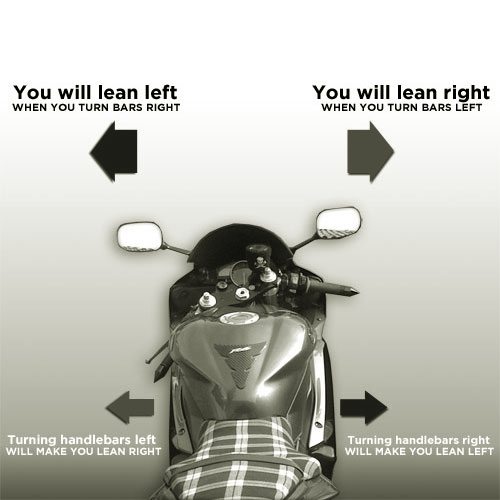
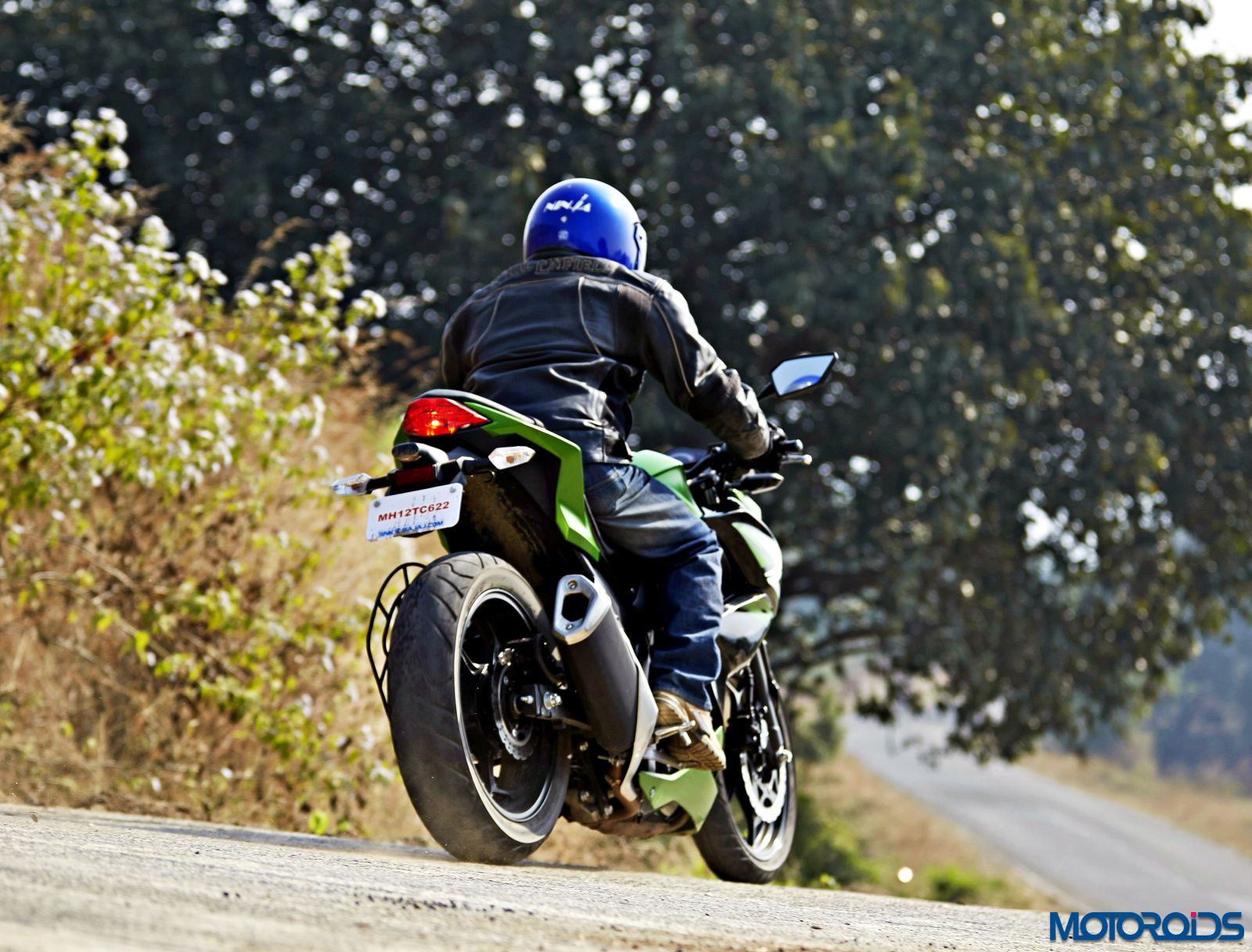
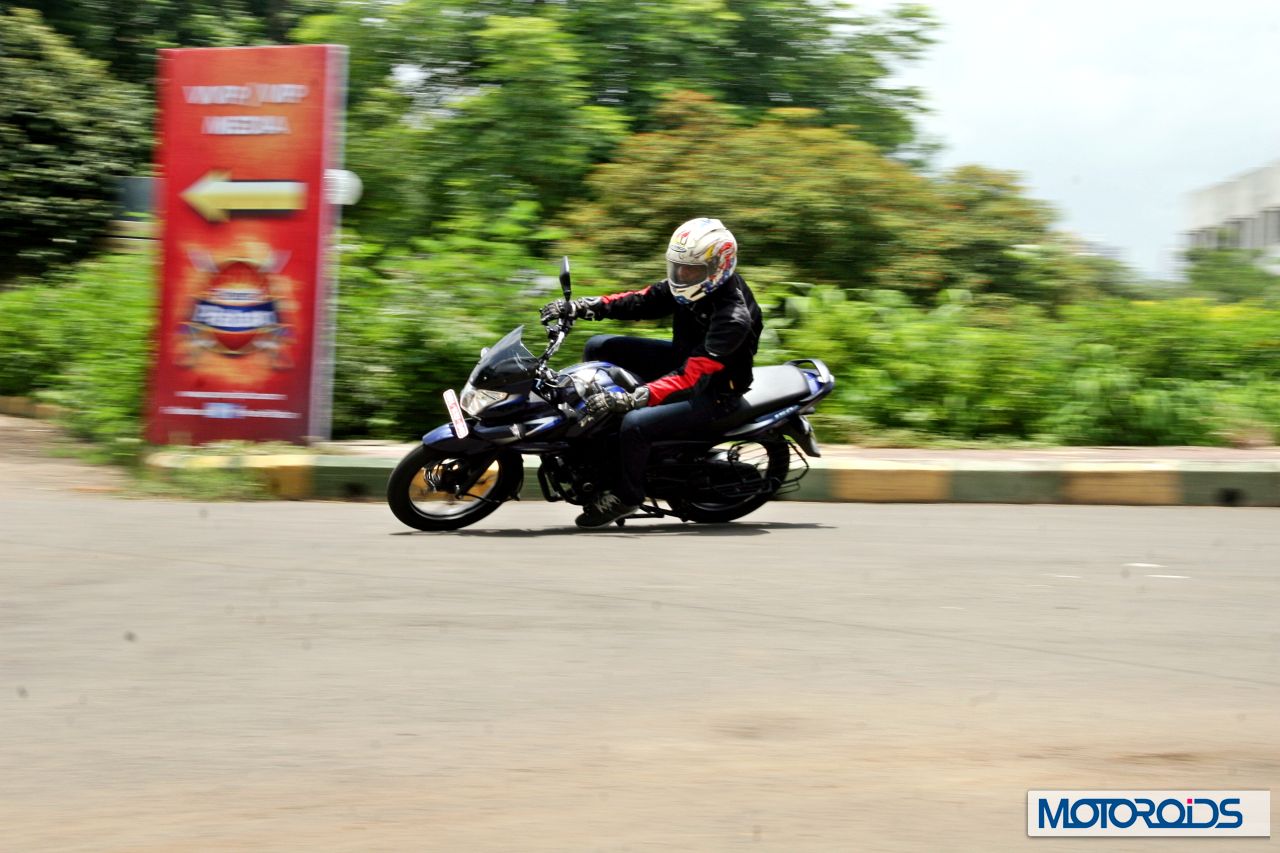
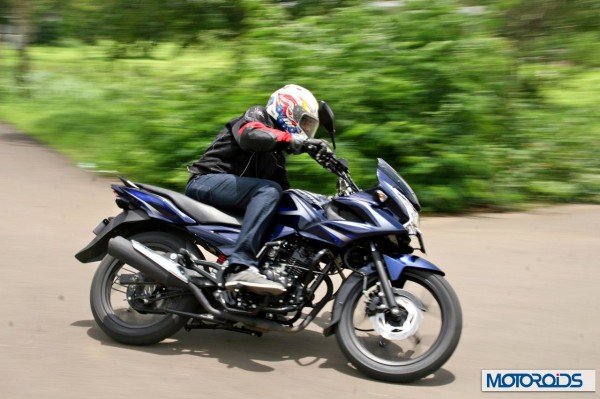
You are most welcome, Abhijeet. Glad to have helped. Cheers!
One correction on counter-steering: to pick the bike up, you don’t pull on the outside bar, but the inside bar. Watch this video from Keith Code’s Superbike School for more details: https://www.youtube.com/watch?v=5cbQoW3rk2o
P.S. As the writer of this article, I hope you’ve actually imbibed these approaches before advocating them to others!
The 3rd one is true….
Look where you wanna go, you’ll end up there.
Sir can you people explain more about counter steering.
Thanks a lot for putting up these pointers. Very informative indeed. I am riding bikes since more than 10 years and I did not know countersteering till now. Thanks a ton for enlightening 🙂